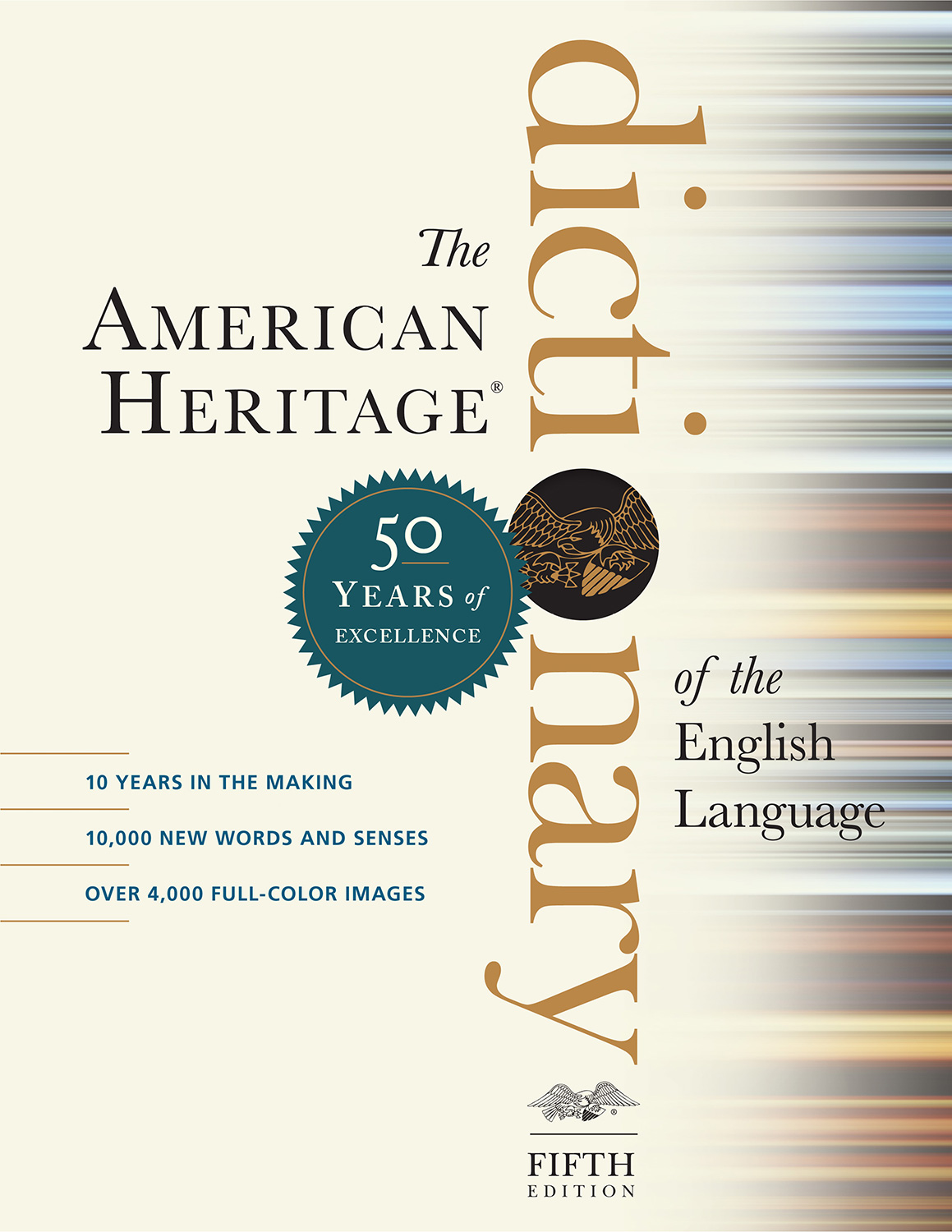neutral ground
Share:
Tweet n. Louisiana & Southern Mississippi 1. See median. 2. The grass strip, often planted with shade trees, between a sidewalk and a street. Word History: The term neutral ground originates in the 1800s in New Orleans, when Anglophone Americans first took up residence in the city among the original inhabitants of Creole heritage. At the time, there was an empty strip of land that was supposed to become a drainage canal. The newcomers built their houses on the upriver side of the strip, while the Creoles continued to build on the downriver side, in the area that would eventually become known as the French Quarter. There were frequent disputes between the two groups, but the strip of land between them was considered neutral ground. The canal itself was never built, and the strip eventually became the wide boulevard called Canal Street, with a big median strip down the middle. Neutral ground then came to be applied to any such median strip. |
The American Heritage® Dictionary of the English Language, Fifth Edition copyright ©2022 by HarperCollins Publishers. All rights reserved.






